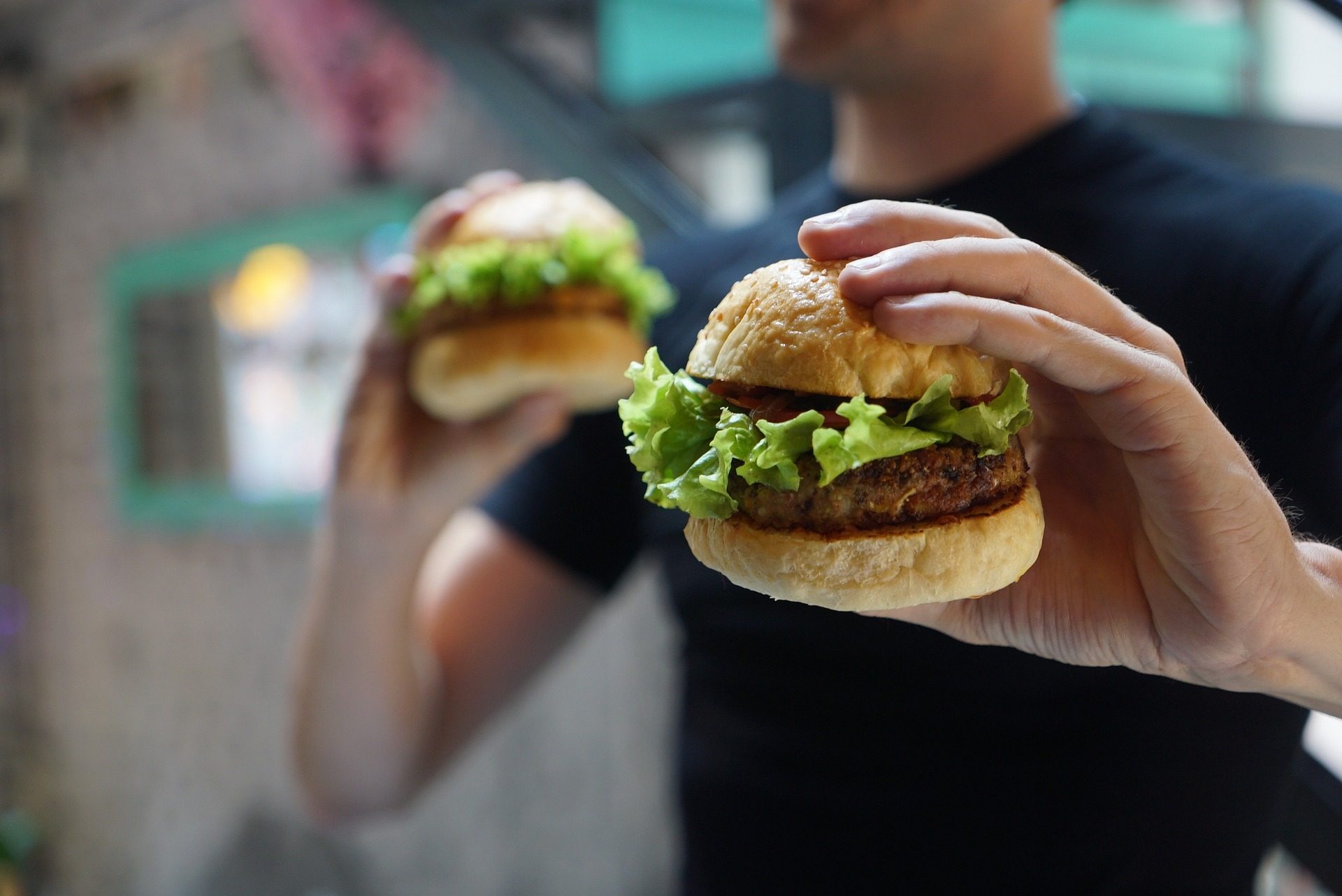A start-up proposes to transform plastic waste into edible food.The means: a plastic-eating bacterium, and a 3D printing machine ready to recreate all possible shapes and flavors.Innovative, but not necessarily appetizing.
Will the future of food go through the ” plastic burger »?This is what Beehex, a start-up that transforms plastic waste into edible biomass, with the help of a bacterium created in the laboratory.” On one side, plastic waste is collected and shredded “, explains the founder Anjan Contractor, also an engineer affiliated with NASA.The other, “ they are sent to a bioreactor, which contains very specific bacteria,” he continues.This technology would allow “create a steak out of plastic”, advanced the latter during the very first presentation of this process last January, during the Consumer Electronics Show (CES).
Advertisement
This technology, which comes in the form of a ” shipping container is primarily intended for astronauts.One day, they could use this device to 3D print nutritious meals from plastic.How does it work?The start-up uses bacteria that feed on plastic, a technology developed by a laboratory at Michigan Technological University.During the process, the plastic will decompose, details Axios, Wednesday April 5.This decomposition will be eaten by microorganisms.The researchers will then recover what is left: microbial cells that can be used as a food product.They are the ones who will go through Beehex 3D printing to make appetizing food.
The 3D machine capable of creating crunchy or soft textures
Passing through Beehex’s device, the mass of cells will be melted.The device will align the fibers and create textures that can be crunchy, fluffy or soft.We can add vegetable peelings or residues, flavorings to create ” a variety of different foods like a steak recreated from plastic, explains the founder.Another application: Beehex would also like to transform all the waste produced during a potential agricultural exploitation of space.” Whether [les astronautes] grow beets, the bulb will be eaten, but not the other parts like the leaves, stems and some roots”, explained the NASA engineer to our colleagues from Axios.This part will be dehydrated and crushed, before becoming a ” raw material “.All that remains is to print meals in 3D… in weightlessness.By adding flavors we could create pieces of meat, vegetables, fruits, bread, fries and desserts », promises Anjan Contractor.The first test could be done on the Moon.
On Earth too, 3D meal printing could be used during food relief operations after a natural disaster.The project is also funded by the US Agency for Defense Advanced Research Projects (DARPA).This type of machine could be taken closer to refugee camps.It could be used by relief agencies and organizations like the United Nations or food banks.
The project is still in its infancy, warns Axios.It is difficult to say whether the dishes created would successfully pass the control of the health authorities.The material produced would resemble, without additives, a yeast extract or vegetable spread.Has anyone ever tasted it?The answer was negative last November.Researchers are sure it’s edible, but first they want to make sure it’s not poisonous.Not very reassuring.
Advertisement
Source :Axios
